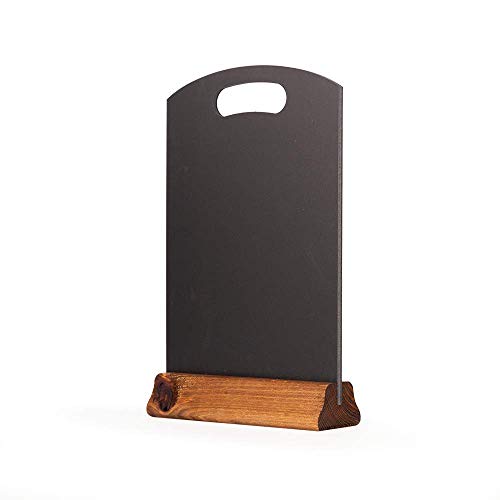Introduction to Blackboard Blogs and Journals
Blackboard is a learning management system (LMS) used by many educational institutions. It provides various tools to facilitate online learning and communication between students and instructors. Among these tools are Blackboard Blogs and Journals, which can be a great way to engage students and promote reflection and critical thinking.
Setting up Blackboard Blogs and Journals
To set up a blog or journal in Blackboard, you need to create an assignment in the course. Go to the Control Panel and click on “Assignments”. Then click on “Create Assignment”. Fill in the information about the assignment, such as its name, instructions, points, and due date. Under “Submission Details”, choose “Text Submission” and select “Journal” or “Blog” as the type of entry. You can also set the availability and grading options for the assignment.
Using Blackboard Blogs and Journals for Student Engagement
After the assignment is created, students can access their individual blogs or journals from the course menu. They can write their entries, add media and links, and comment on each other’s entries. Blogs are typically more public and can be viewed by anyone in the class or even outside the course, while journals are more private and can only be seen by the student and the instructor.
Blogs and journals can serve many purposes in the course. They can be used for reflective writing, where students can share their thoughts and feelings about the course material, their learning process, and their personal experiences. They can also be used for peer review, where students can read and comment on each other’s writing, providing feedback and suggestions for improvement.
Assessing Blackboard Blogs and Journals
Assessing blogs and journals can be a challenging task, as they often involve subjective and personal content. However, there are several ways to evaluate them effectively. One approach is to establish clear criteria and expectations for the entries, such as relevance to the course content, depth of reflection, quality of writing, and respect for others’ views. Another approach is to provide formative feedback throughout the course, highlighting strengths and weaknesses of the entries and suggesting ways to improve them.
Conclusion
Blackboard Blogs and Journals can be valuable tools for promoting student engagement, reflection, and critical thinking. By setting up and using them effectively, instructors can create a more active and meaningful learning environment for their students.






